
 |
| —*ADVERTISEMENT— |
 |
| CODE UPDATE | |
| Significant Code Changes to the 2012 International Plumbing Code | |
| (The information below is excerpted from the Significant Changes to the 2012 International Codes series.) | |
| The use of a waste connector and sealing gasket is now permitted as an acceptable means to connect floor outlet plumbing fixtures, allowing for water closet installations that are provided with a gasketed waste tube outlet connection. Click to continue reading more on this update to the 2012 PMG Significant Changes. |
|
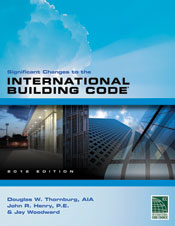  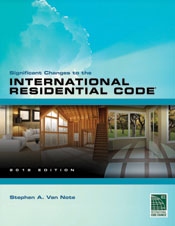  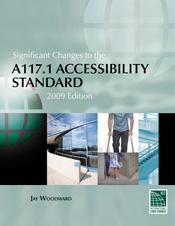 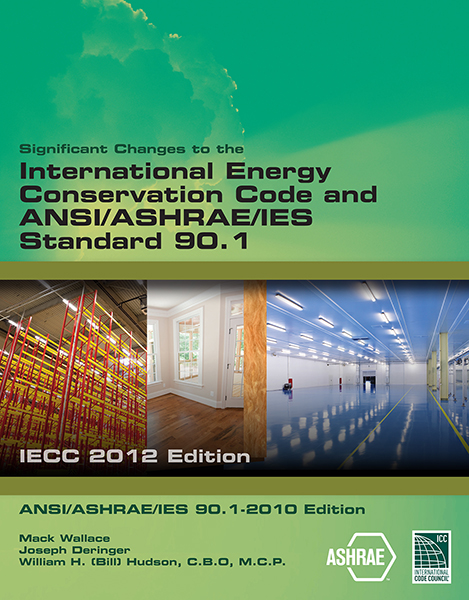 |
The Significant Changes to the 2012 International Codes series is designed to assist code officials, architects, engineers and other construction professionals transitioning from the 2009 to the 2012 editions of the International Codes. Authored by ICC code experts, the series offers a comprehensive yet practical analysis of hundreds of the most critical changes. Each color publication contains: revised code text; a summary of each change listed; in-depth change analysis; and a detailed photo, illustration or table for each change to deepen understanding. Coverage reflects provisions with special significance, including new and innovative design ideas and technologies, modern materials and methods of construction, and current approaches to safety and stability. |
| Back to top | |
| —*ADVERTISEMENT— |
 |
| CODE BASICS |
| Fire, Based on the 2009 International Fire Code |
| (The information below is excerpted from the 2009 Building Code Basics series.) |
| Combustible dust-producing operations occur in a variety of industries, including food production, manufacturing of pharmaceuticals, certain wood working operations, and some plastic manufacturing processes. IFC Chapter 13 addresses the prevention of dust explosions, which technically are dust deflagrations. A deflagration is an exothermic reaction (meaning it releases heat) resulting from a rapid oxidation of a combustible dust, in which the reaction progresses through the unburned material at a rate less than the velocity of sound. Deflagrations are commonly termed as "slow explosions." Deflagrations are far more common than explosions, which have burning rates greater than the speed of sound.
Click to continue reading more on this excerpt from the Building Code Basics: Fire, Based on the 2009 IFC. |
| Back to top |
| —*ADVERTISEMENT— |
 |
| CODE Q&A | |
| 2009 International Building Code—Nonstructural Provisions | |
| (The information below is excerpted from the 2009 International Codes Q&A series.) | |
| A question regarding installation of dampers is raised and discussed: Q: Is it necessary to install dampers at the bottom of shafts? Click to get an answer to this code question by reading more on this excerpt from the 2009 IBC Nonstructural Q&A. |
|
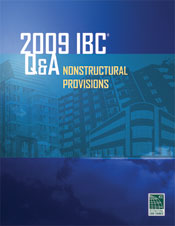 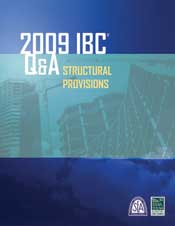 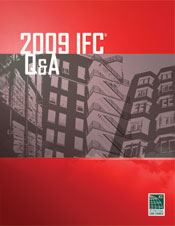 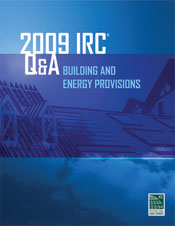 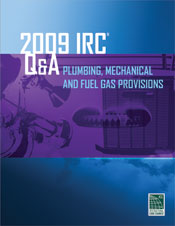 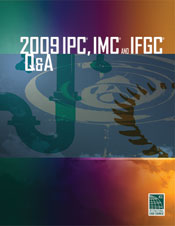 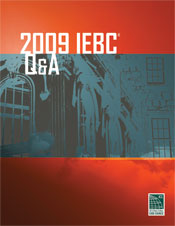 |
The 2009 Q&A series will assist engineers, architects, inspectors, fire and building officials, and plans examiners with finding answers to common code questions that arise during design, plan review, construction and daily code enforcement. Features: many new questions and answers; detailed photos, tables and illustrations that provide a clear understanding of both the intent and meaning of the code text; the relevant code section printed before the question and answer for easy reference; and discussion on a wide variety of topics. |
| Back to top |
 |